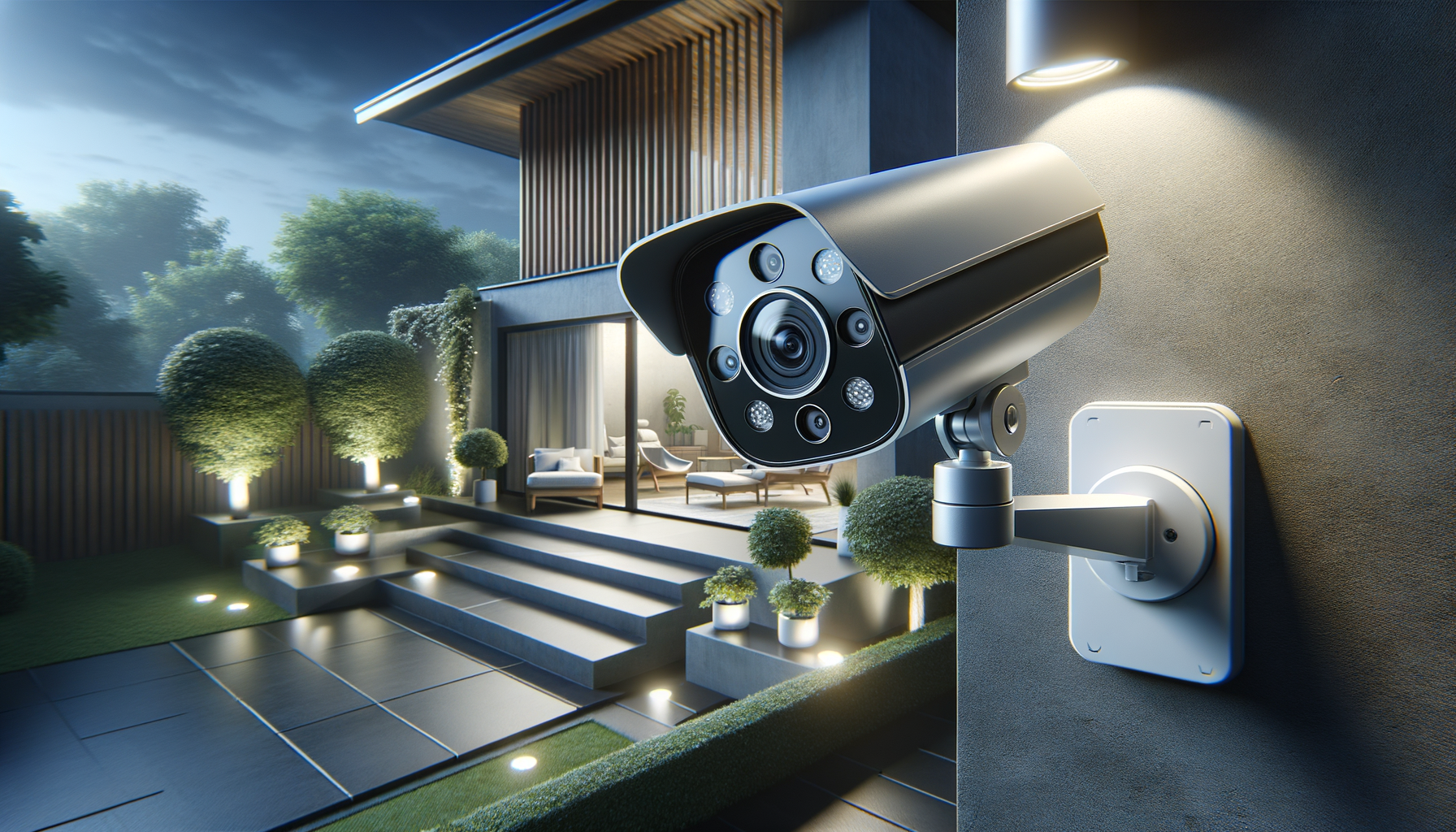
Upgrade Your Home Security with Cutting-Edge Camera Technology
Introduction to Security & Surveillance Cameras
In today’s fast-paced world, ensuring the safety of our homes and loved ones is a primary concern. Security and surveillance cameras have become an integral part of home security systems, providing peace of mind and a layer of protection against potential threats. The evolution of technology has transformed these devices from simple recording tools to sophisticated systems capable of real-time monitoring and remote access. This article delves into the various aspects of security cameras, exploring their benefits, types, technological advancements, and considerations for choosing the right system.
Benefits of Security & Surveillance Cameras
The advantages of using security cameras extend beyond mere surveillance. They act as a deterrent to potential intruders, reducing the likelihood of break-ins. Studies have shown that homes equipped with visible security systems are less likely to be targeted by burglars. Additionally, these cameras provide valuable evidence in the event of a crime, aiding law enforcement in solving cases.
Moreover, security cameras offer peace of mind by allowing homeowners to monitor their property remotely. Whether you’re at work or on vacation, you can keep an eye on your home through mobile apps or web interfaces. This feature is particularly beneficial for parents who want to ensure their children’s safety or for pet owners who wish to check on their furry friends.
Key benefits include:
- Crime deterrence
- Remote monitoring and access
- Evidence collection
- Increased home value
Types of Security Cameras
Security cameras come in various forms, each designed to meet specific needs and preferences. Understanding the different types can help you make an informed decision when selecting a system for your home.
Indoor cameras are typically used to monitor the interior of a home. They are often compact and designed to blend seamlessly with home decor. Outdoor cameras, on the other hand, are built to withstand harsh weather conditions and provide a broader field of view.
Other types include:
- Bullet Cameras: Known for their long, cylindrical shape, these cameras are ideal for outdoor use and can cover long distances.
- Dome Cameras: These are designed for indoor use and offer a wide viewing angle, making them suitable for large areas.
- PTZ Cameras: Pan-Tilt-Zoom cameras allow users to control the camera’s movement, providing flexibility in monitoring.
- Wireless Cameras: Easy to install, these cameras connect to a Wi-Fi network, eliminating the need for extensive wiring.
Technological Advancements in Security Cameras
Recent technological advancements have significantly enhanced the capabilities of security cameras. High-definition (HD) cameras offer clearer images, making it easier to identify faces and objects. Night vision technology allows for effective monitoring in low-light conditions, providing security around the clock.
Another notable advancement is the integration of artificial intelligence (AI) in security systems. AI-powered cameras can recognize faces, distinguish between humans and animals, and even detect unusual behavior. This intelligent analysis reduces false alarms and ensures that users are alerted only when necessary.
Cloud storage has also become a popular feature, allowing users to store footage securely online. This eliminates the risk of losing data due to hardware failure or theft. Additionally, many systems now offer smart home integration, enabling users to control their security cameras through voice commands or mobile apps.
Choosing the Right Security Camera System
Selecting the right security camera system involves considering several factors. Begin by assessing your specific needs. Determine the areas you want to monitor and decide whether you need indoor, outdoor, or a combination of both types of cameras.
Consider the resolution and field of view required for your property. Higher resolution cameras provide clearer images, but they may also require more storage space. Evaluate the available storage options, whether local or cloud-based, and choose one that suits your preferences.
Budget is another crucial factor. While it’s tempting to opt for the most advanced system, ensure that it fits within your financial constraints. Compare different brands and models, and read reviews to gauge user satisfaction and reliability.
Finally, consider the ease of installation and user-friendliness of the system. Some cameras offer plug-and-play installation, while others may require professional setup. Choose a system that aligns with your technical expertise and comfort level.
Conclusion
Security and surveillance cameras are invaluable tools in safeguarding our homes and loved ones. With a variety of options available, homeowners can select systems that cater to their specific needs and preferences. By understanding the benefits, types, and technological advancements, you can make an informed decision to enhance your home’s security. Investing in a reliable security camera system not only deters potential threats but also provides peace of mind, knowing that your home is protected around the clock.
